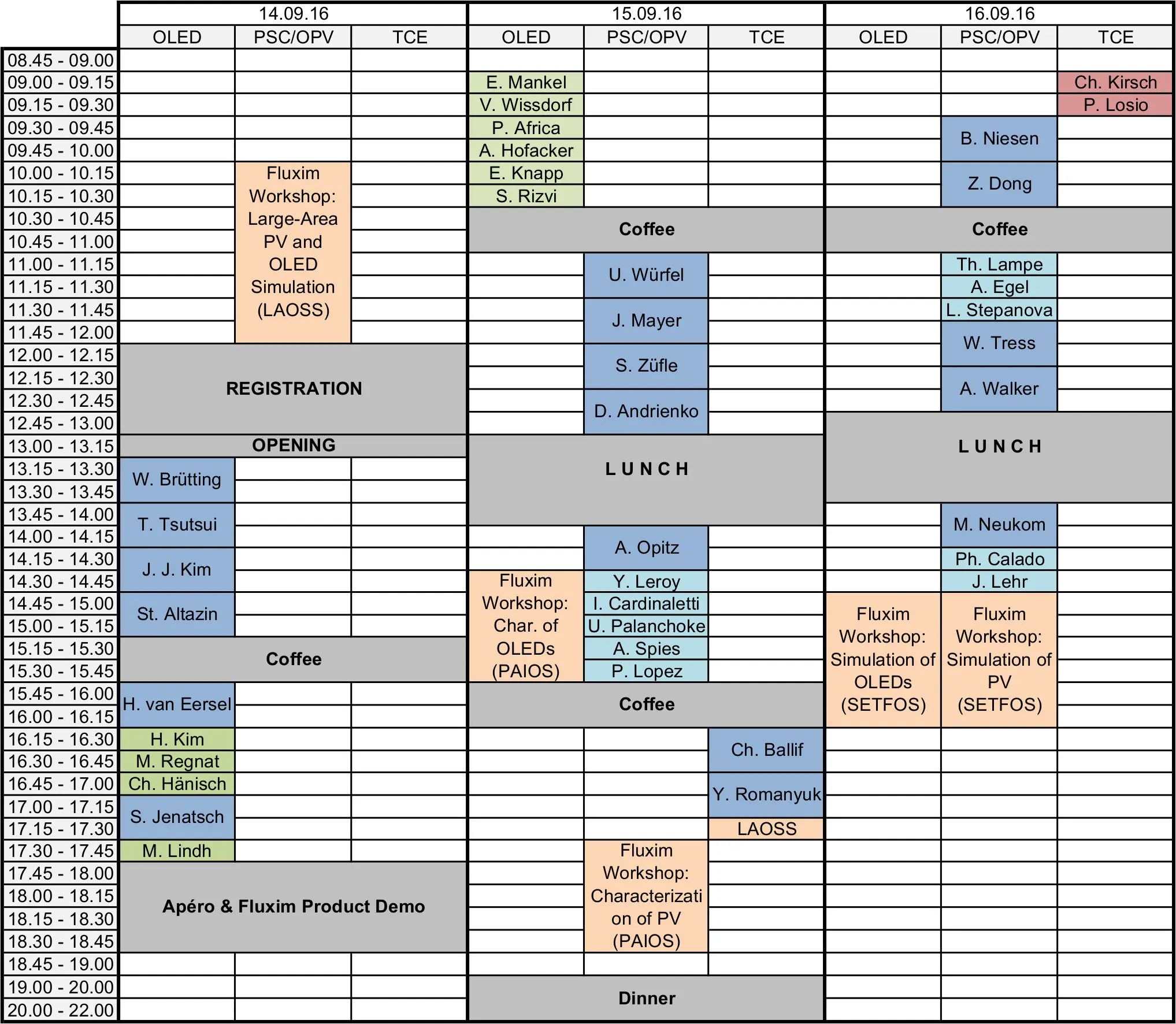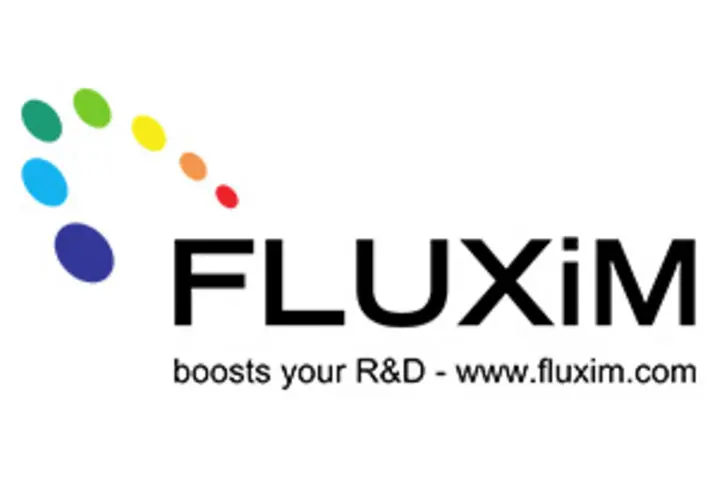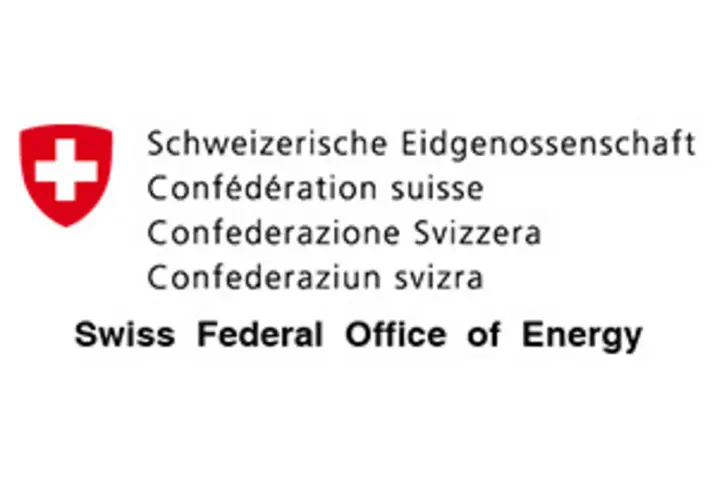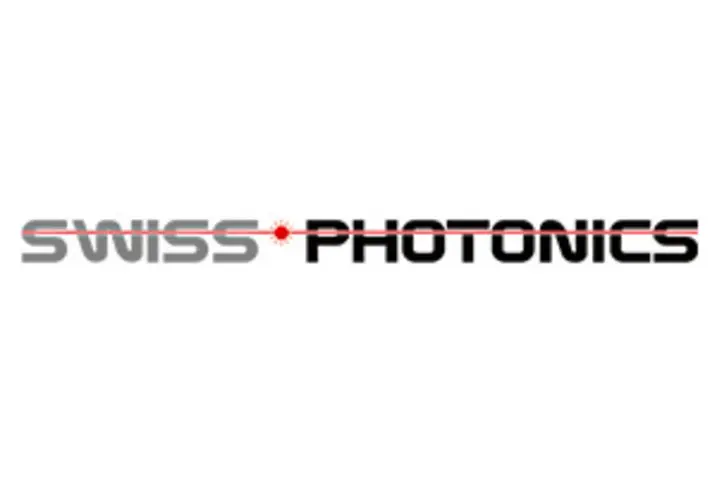International Conference on Simulation of Organic Electronics and Photovoltaics, SimOEP 2016
The SimOEP conference brings together modeling experts and device physicists from industry and academia in the field of organic and perovskite solar cells as well as OLEDs. The addressed topics include charge and heat transport, exciton dynamics, light propagation and the simulation domain ranges from nanometer to centimeters.

Products of Organic Electronics and Photovoltaics are successfully penetrating consumer electronics and renewable energy markets. Commercialization is accelerating continuously and everyone can enjoy amazing new products to buy, for instance stunning OLED displays for mobile devices and TVs as well as flexible organic solar cells. With the commercial success of OLED display products and the rise of perovskite solar cells one may be tempted to disregard the many research challenges that we are still facing in this field and which prevent an even wider exploitation of these technologies.
The challenges are manifold. So are the synthetic materials which these technologies are based on. Physical models and simulation algorithms are very useful in this context. They enable the scientists to explore the behavior of a material or device on a computer. On the one hand, the numerical models help to understand and interpret measurement data and to further develop refined and reliable physical models. On the other hand the models allow one to optimize materials and devices. Progress in this field relies on an interdisciplinary approach that combines experimental, physical, chemical and numerical expertise.
The motivation of this unique conference is to bring together these experts and enjoy a fruitful scientific exchange among them that will focus on a comprehensive range of topics. This will eventually lead to ever more reliable, validated physical models which accelerate our research efforts. We are pleased to chair this conference that continues a series of successful international simulation workshops on this topic previously held in Switzerland (2010, 2011) and Spain (2012, 2014). This year, the event will again host hands-on training seminars with R&D tools from Fluxim AG which is celebrating its 10th anniversary.
Conference Committee
Beat Ruhstaller, Zurich University of Applied Sciences
Evelyne Knapp, Zurich University of Applied Sciences
Wolfgang Brütting, University of Augsburg
Stephan Bücheler, EMPA Dübendorf
Kurt Pernstich, Zurich University of Applied Sciences
Topics
- Light management for enhanced light-absorption in solar cells and enhanced light emission in OLEDs
- Charge and exciton transport modeling in organic semiconductor devices – from molecular to the device level
- Charge transport modeling in various organic and hybrid solar cells:
planar and bulk heterojunction perovskite and organic solar cells - Charge injection, transport and recombination processes in state-of-the-art OLEDs
- Models for a variety of electrical device characterization techniques from DC, transient to AC operation
- Advanced optical and electrical characterization techniques and experimental validation
- Parameter extraction techniques
- Morphological structure and property correlation
- Optimization of Transparent Conducting Electrodes
Invited Speakers
| Topic | ||
|---|---|---|
| Alison Walker | University of Bath, UK | Understanding hysteresis in perovskite cells through simualtions of coupled electron-ion motion |
| Wolfgang Brütting | University of Augsburg, DE | OLED degradation analysis by transient optical and electrical measurements |
| Yaroslav Romanyuk | EMPA (TFPV), CH | Transparent conductive oxides by soft deposition methods |
| Björn Niesen | EPFL PVLab/CSEM PV Center, CH | Recent progress with tandem perovskite/c-silicon solar cells |
| Uli Würfel | Fraunhofer ISE, DE | Impact of charge transport and electrode selectivity on the performance of (organic) solar cells |
| Jan Mayer | CSEM Muttenz, CH | Diffractive nanostructures for enhanced light-harvesting in OPV devices |
| Harm van Eersel | Simbeyond B.V., NL | Simulation of transient electroluminescence in OLEDs |
| Sandra Jenatsch | EMPA (FP), CH | Doping evolution and junction formation in stacked cyanine dye light-emitting electrochemical cells |
| Dong Zhang | Solliance, NL | Modeling tandem perovskite/c-silicon solar cells |
| Stéphane Altazin | Fluxim, CH | Simulation of polar OLEDs |
| Denis Andrienko | MPIP Mainz, DE | Molecular understanding of heterostructures of organic semiconductors |
| Martin Neukom | Fluxim, CH | Simulation of perovskite solar cells: The influence of mobile ions |
| Simon Züfle | ZHAW ICP, CH | Shedding light on the stability of organic solar cells |
| Tetsuo Tsutsui | CEREBA, JP | Analysis of long-term degradation of OLEDs and its application for lifetime prediction |
| Christophe Ballif | EPFL PV-LAB, CH | Advanced TCEs for solar cells and OLEDs |
| Andreas Opitz | Humboldt University, DE | Organic heterojunctions: Contact-induced molecular reorientation, interface states, and charge re-distribution |
| Wolfgang Tress | EPFL, CH | Inverted CurrentVoltage Hysteresis in Mixed Perovskite Solar Cells |
| Jang-Joo Kim | Seoul National University, KR | Quantitative analysis of efficiency of OLEDs |
Download the program as pdf(PDF 70,6 KB) (preliminary version from 29.8.2016).
Book of abstracts
Download the book of abstracts(PDF 4,2 MB) (final version from 7.9.2016).
Venue
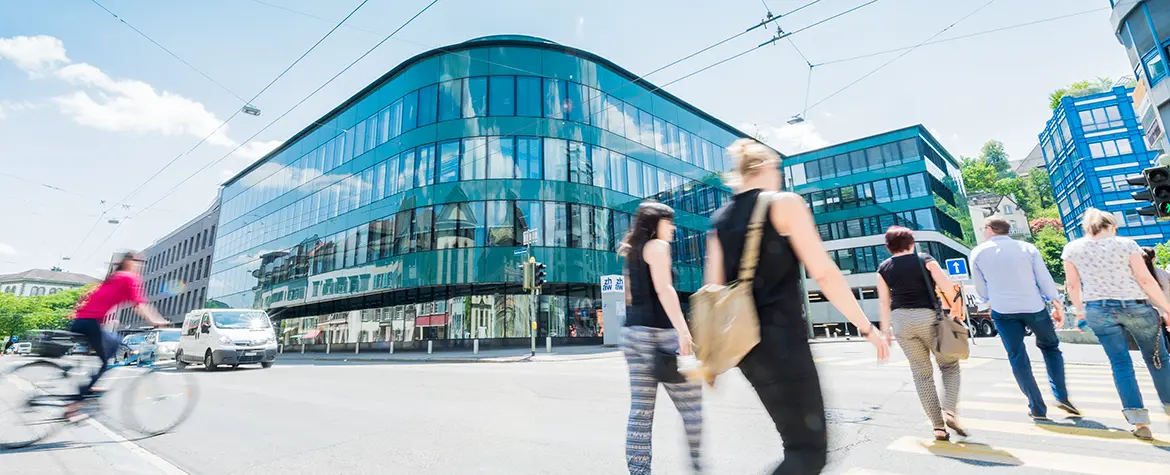
Zurich University of Applied Sciences
Building TS (enter through building TN)
Rooms TS O1.40 and O2.44
Lagerhausstrasse 1
8400 Winterthur
Switzerland
To reach the conference rooms, please enter building TN through the doors at Technikumstrasse, walk up to the first floor and traverse to building TS.
How to get there
The conference will take place at the building TS at Lagerhausstrasse 1 in the heart of Winterthur. Situated 25 kilometers north-east of Zurich, Winterthur is Switzerland’s sixth largest city and offers a rich cultural life as well as excellent travel connections in all directions. It is located near Zurich’s international airport, which is only 20 minutes away by train or car.
We recommend travelling to the conference by public transport, since it can be easily reached by train or bus and we cannot offer any parking on campus. However, paid short- and long-term parking spots are available nearby. The main train station, which is served by numerous regional, national and international express trains, is only a short five-minute walk away.
Accommodations
We have arranged special packages with nearby hotels. Please make your bookings directly with the hotel.
Plaza Hotel, Hotel Loge, and Depot 195 Hostel are located within 5 minutes walking distance of the conference venue. Rates start at 140/65 CHF per person and night. Hotel Ibis is close to the bus station or about a 20 minute walk.
Plaza Hotel Winterthur (conference discount available)
Hotel Loge Winterthur (conference discount available)
Hotel Ibis Winterthur
Depot 195 Hostel
